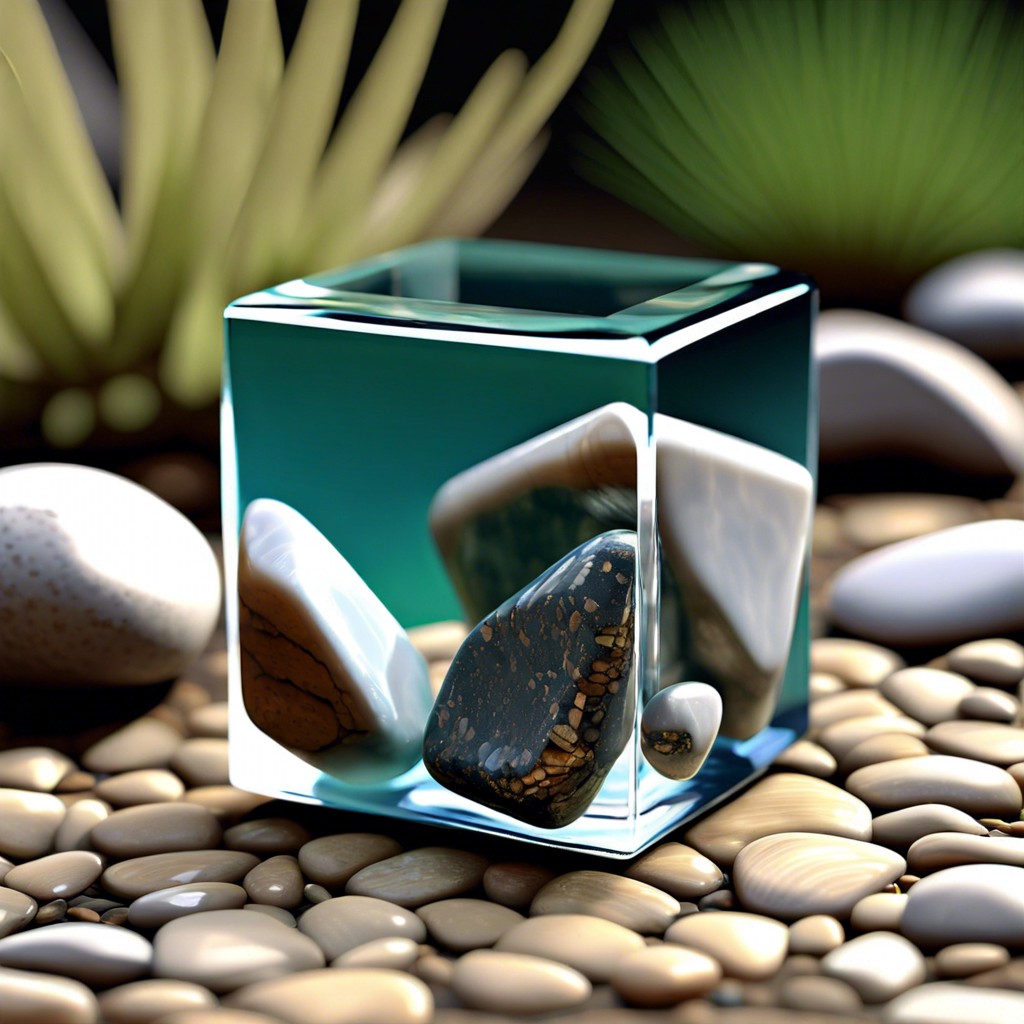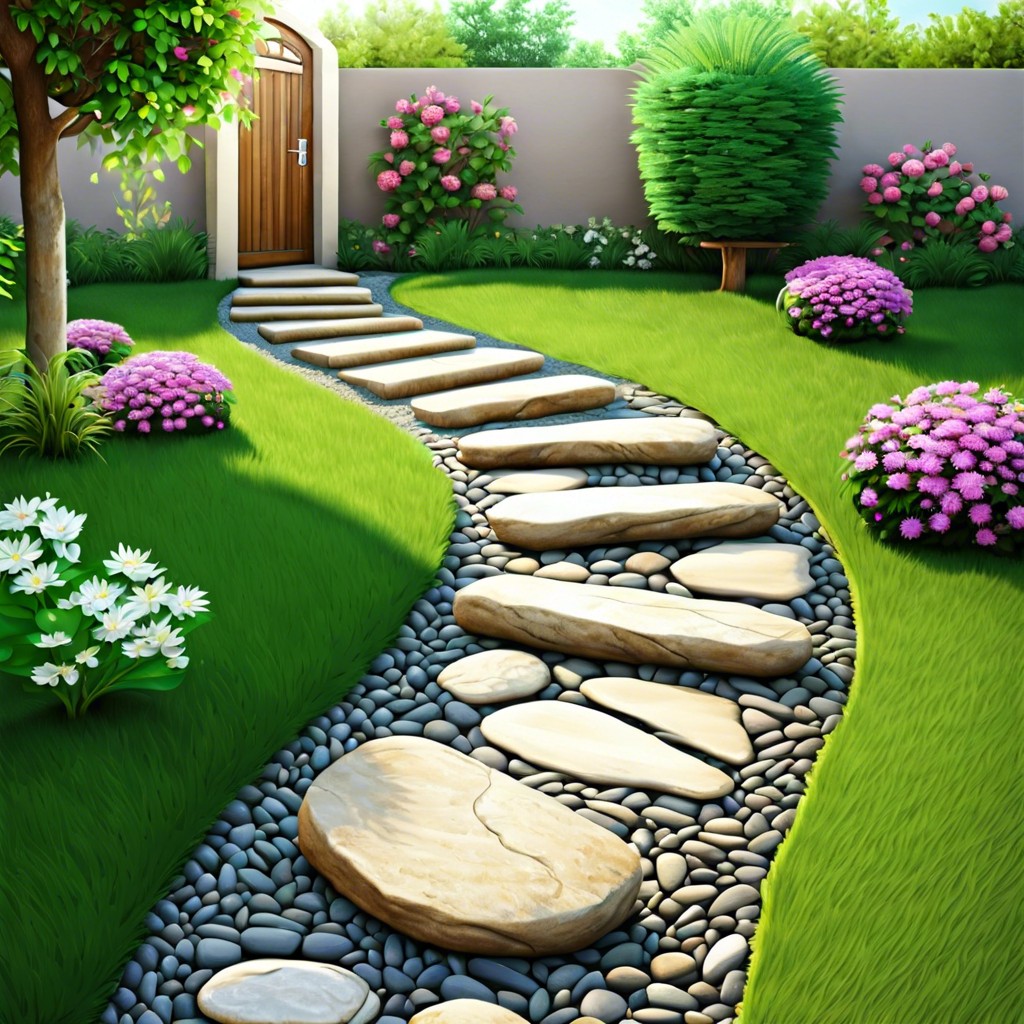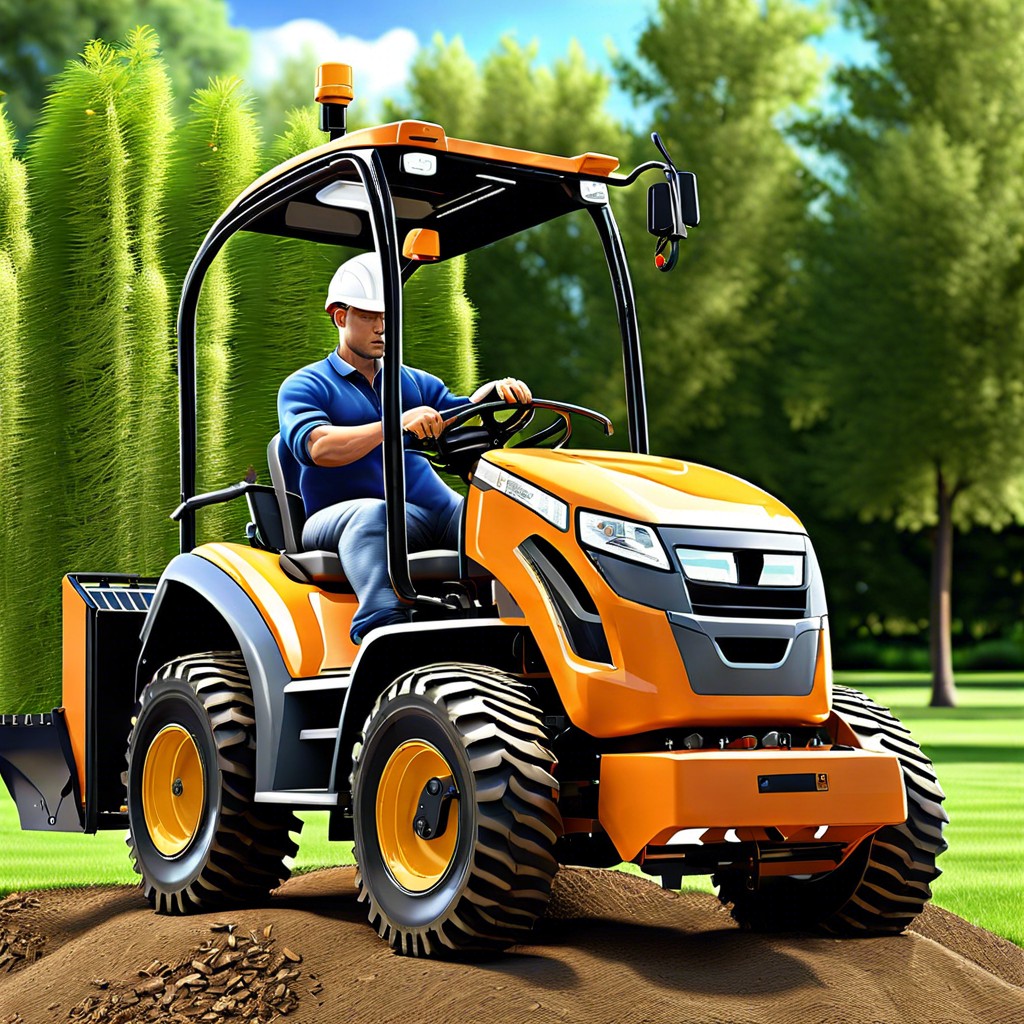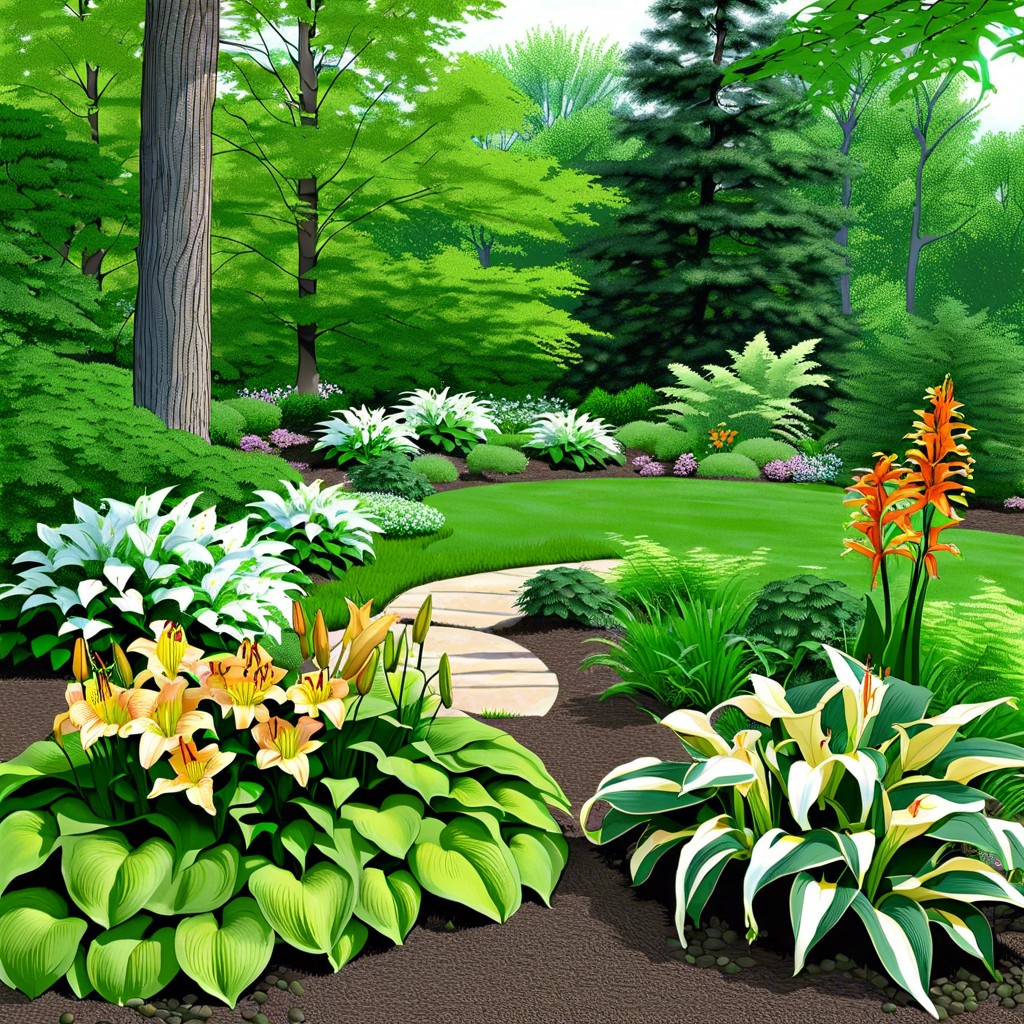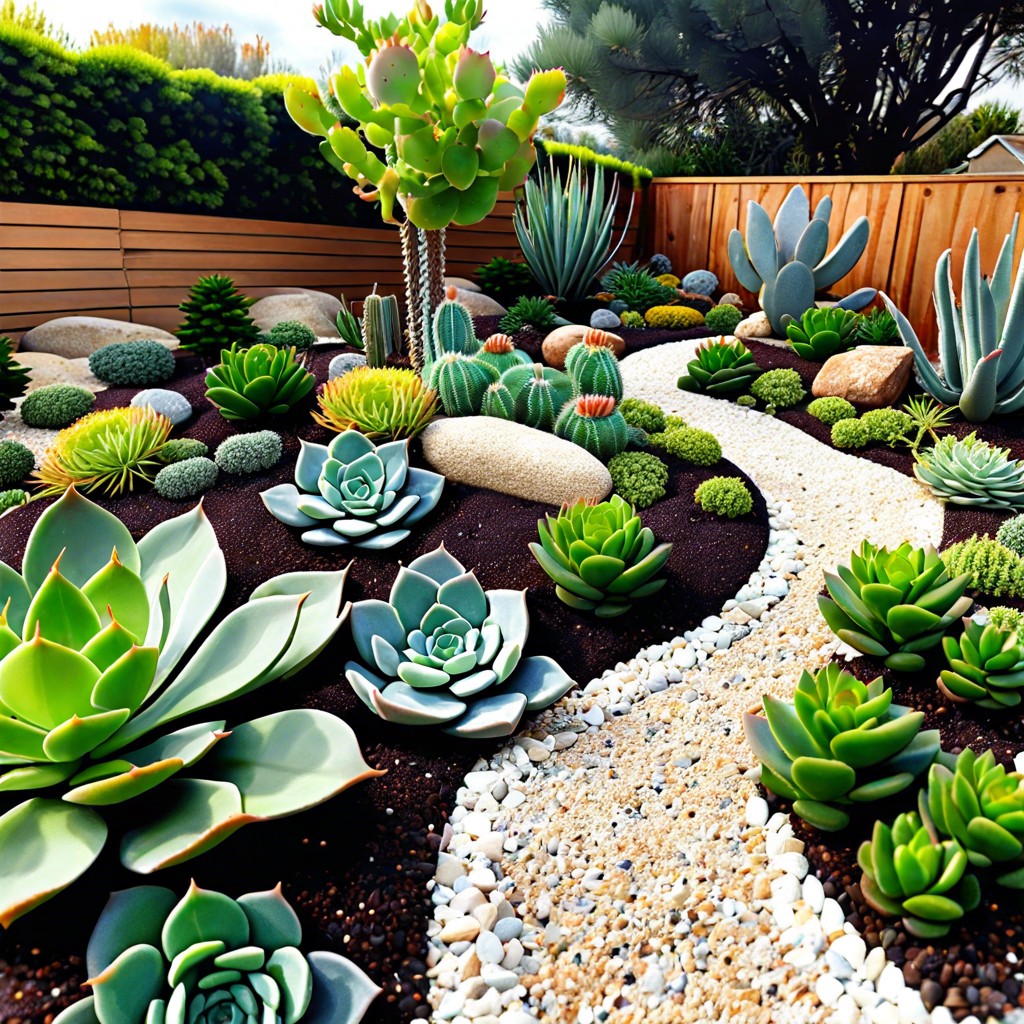Essential tools for landscaping include shovels, rakes, wheelbarrows, pruning shears, hedge trimmers, edgers, lawnmowers, and blowers. Here’s more.
When landscaping, having the right tools is essential for a successful project. From lawnmowers and edgers to shovels and trimmers, a variety of tools can help you achieve the look you desire.
In this blog post, we’ll explore some essential tools needed for landscaping and how they can help make your outdoor space look its best.
Shovel
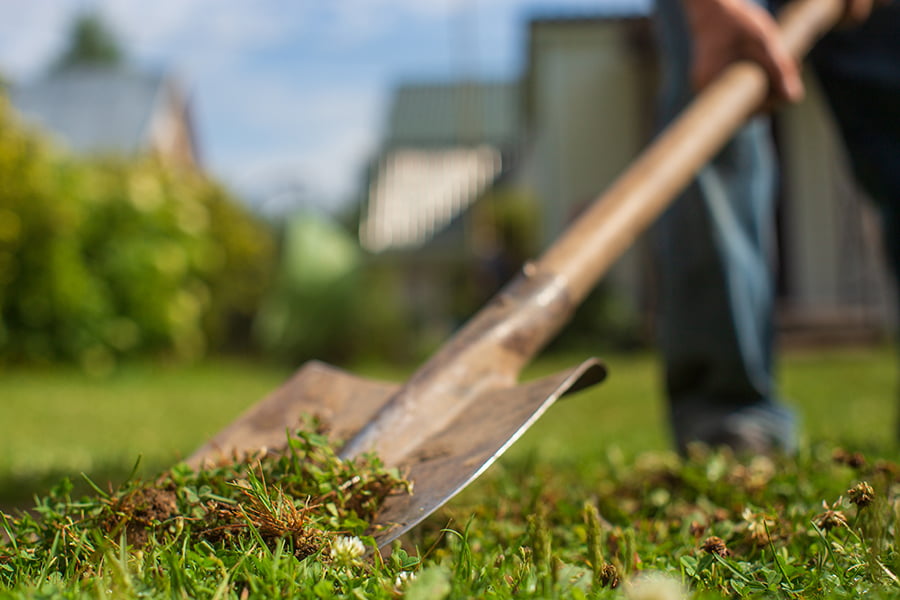
It digs holes, moves soil and other materials, and shapes the land. The most common type of shovel has a long handle with a flat blade at one end that can scoop up dirt or sand.
Shovels come in various sizes and shapes depending on the job they are intended for. For example, a spade shovel has a pointed tip which makes it ideal for digging narrow trenches or planting bulbs; while a square-nose shovel is better suited for moving large amounts of soil or gravel.
Some specialty shovels have serrated edges, making them more effective when cutting through roots or rigid ground material.
Rake
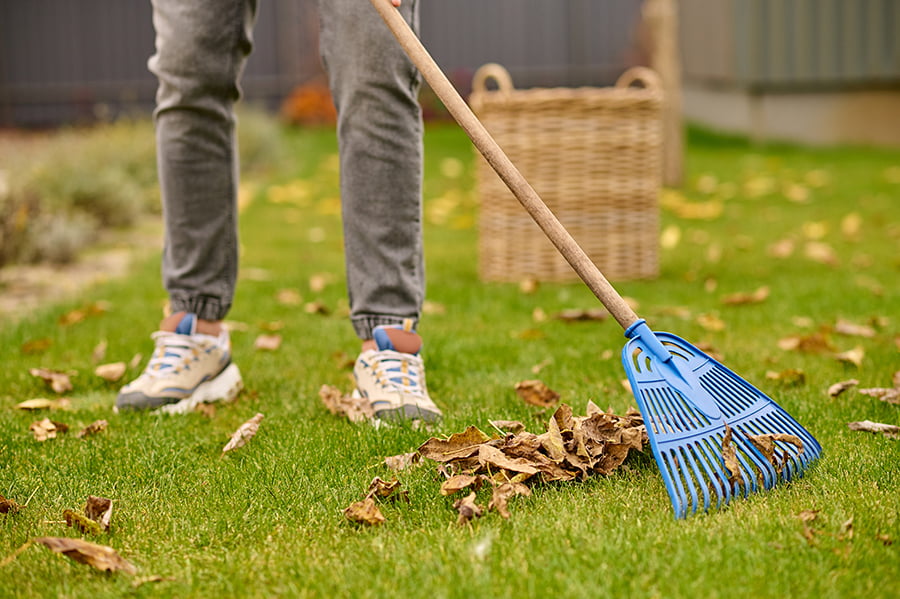
It is used to gather leaves, grass clippings, and other debris from the ground. It can also be used to level soil or sand in preparation for planting or sowing seeds.
Rakes come in various sizes and shapes, depending on the job they are intended for. The most common type of rake has a long handle with metal tines at one end curved slightly inward so they can effortlessly scoop up debris without damaging plants or lawns.
Some rakes have adjustable handles that can be adjusted to different lengths depending on the user’s height and reach. Rakes are also available with plastic tines better suited for delicate tasks such as removing moss between paving stones or collecting fallen petals from flower beds without damaging them.
Pruning Shears
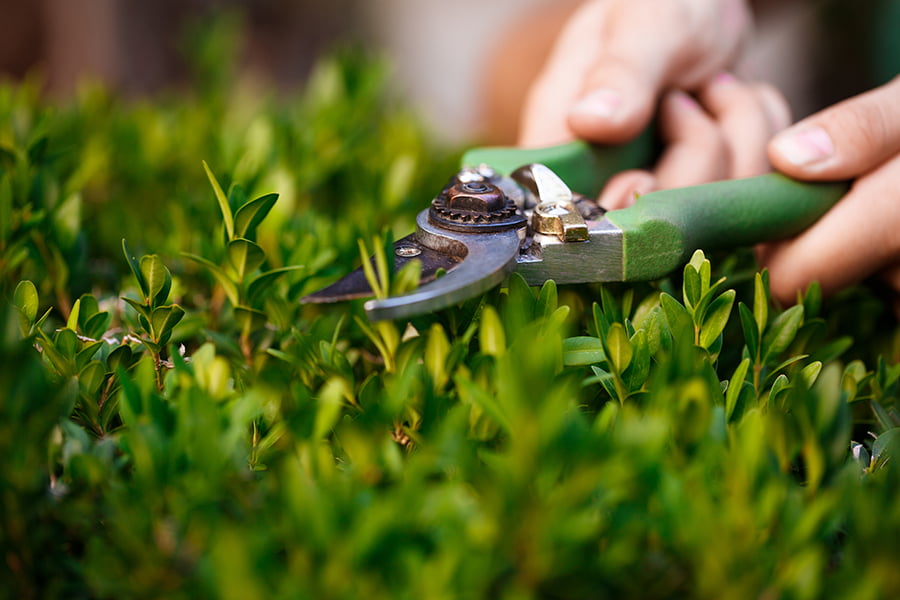
They are used to trim and shape plants, shrubs, and trees. Pruning shears have two blades that come together in a scissor-like motion to cut through branches or stem up to one inch thick.
The blades can be either straight or curved depending on the type of plant being pruned. Pruning shears should be kept sharp, so they make clean cuts without damaging the plant’s tissue.
When using pruning shears, it is essential to wear protective gloves and eye protection and use proper technique when cutting branches or stems. This will help ensure the plants remain healthy and look their best after trimming them with pruning shears.
Wheelbarrow
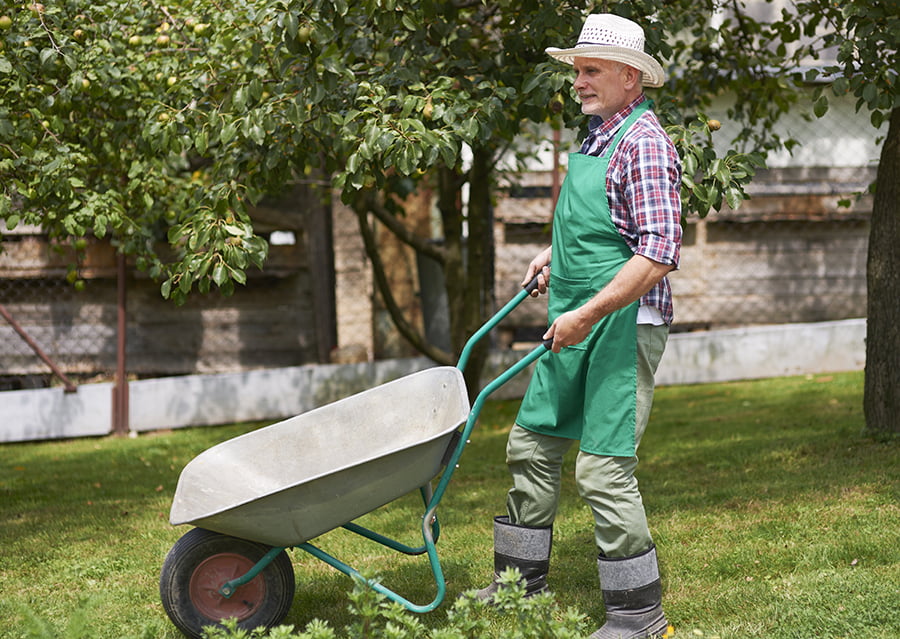
It is a small, two-wheeled cart that can transport soil, mulch, and rocks around the yard. The wheelbarrow has a single handle at one end and a tray or bucket at the other, which holds the material being transported.
This makes it easy to move heavy loads of material from one place to another without lifting them manually. Wheelbarrows are also helpful for mixing soil and compost to create nutrient-rich soil for planting flowers or vegetables.
They are also great for moving large amounts of debris away from areas that need cleaning after landscaping projects have been completed.
Lawn Mower
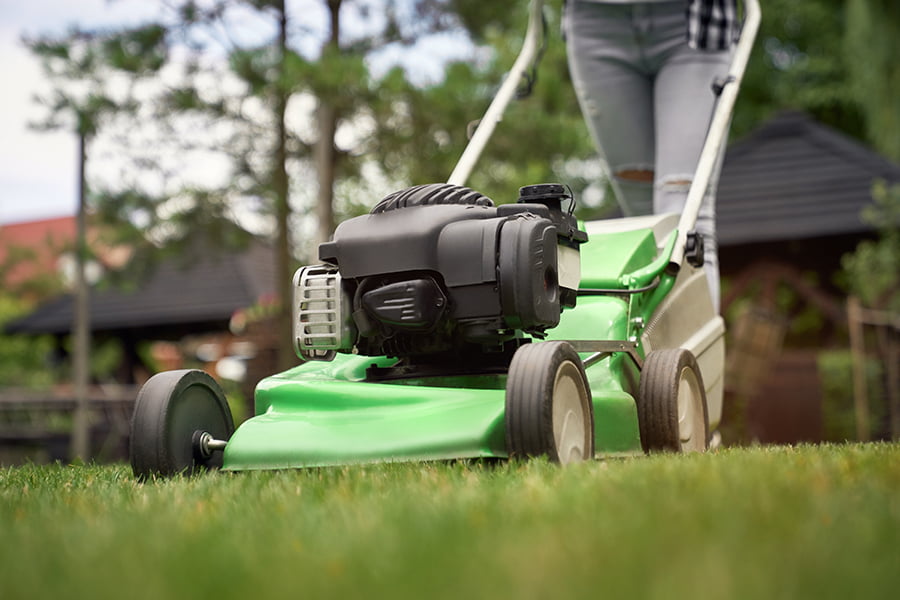
It is used to cut grass and other vegetation to maintain a neat appearance of the landscape. Depending on the mowed area, lawnmowers come in various sizes, shapes, and types.
The most common type of lawn mower is a rotary or push-type, which uses blades that rotate around a vertical axis to cut grass. Other types include reel-type, hover-type, robotic, and riding lawnmowers.
Each type has its advantages and disadvantages when cutting grass efficiently and effectively. For example, reel-type lawnmowers are more efficient at cutting thick grass but require more effort from the user, while hover types are easier to maneuver but may not be as effective at cutting thicker grass.
Edger
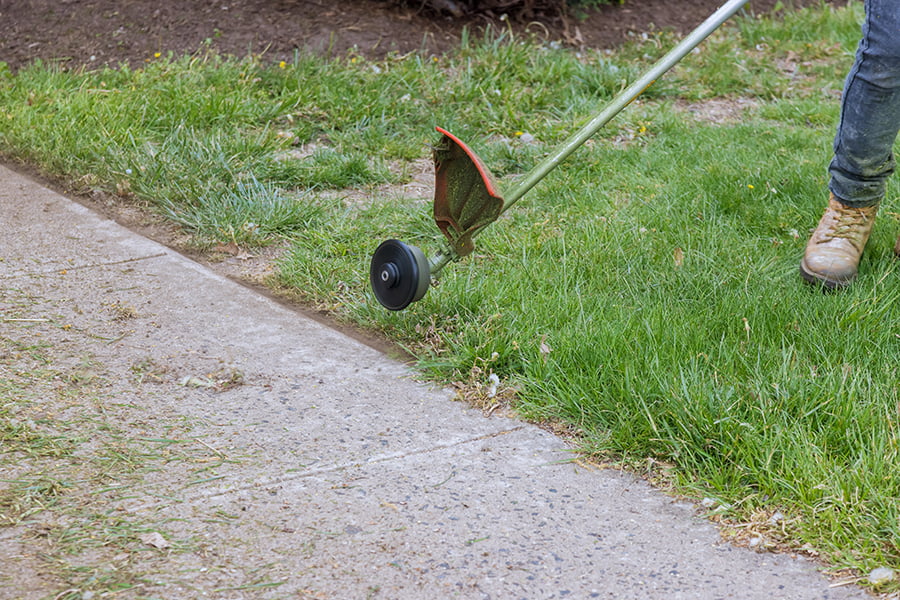
It creates a neat, defined edge between surfaces, such as grass and pavement or soil and mulch. Edgers are available in both manual and powered versions, which are more efficient for larger jobs.
Manual edgers typically have a blade that can be adjusted to cut at various depths, while powered edgers use a rotating blade or string trimmer head to cut through thicker material. Both types of edgers are designed to help create clean lines along walkways, driveways, flower beds, and other landscape areas where precise edges are desired.
Hose and Sprinkler System
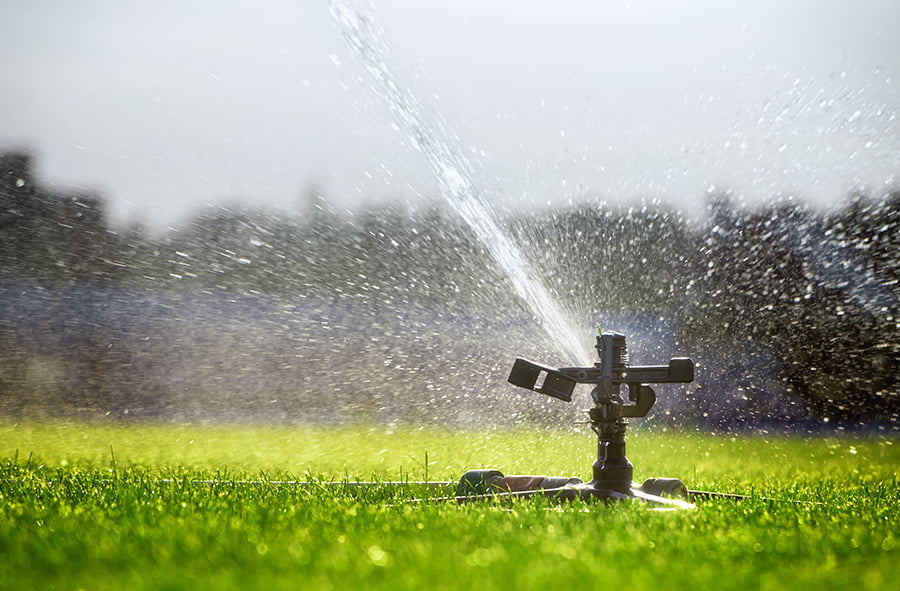
A hose is a flexible tube that carries water from a faucet or other source to the landscape area that needs watering. The length of the hose will depend on how far away the water source is from where it needs to be used.
A sprinkler system includes several components, including a timer, valves, pipes, and sprinklers. The timer controls when and how long each zone in the landscape should be watered; valves control which zones are being watered; pipes carry water to each zone; and sprinklers distribute water evenly over an area of land.
With these components, homeowners can easily keep their lawns green and healthy with minimal effort.
Mulch Spreader

It evenly distributes mulch over a large area, such as a garden or lawn. The spreader works by removing the mulch from a hopper and then spreading it across the ground with its rotating blades.
This ensures that the mulch is distributed evenly and covers all landscape areas. Mulching helps to retain moisture in the soil, reduce weeds, and improve soil fertility.
A suitable mulch spreader will ensure your landscaping project looks professional and well-maintained.
